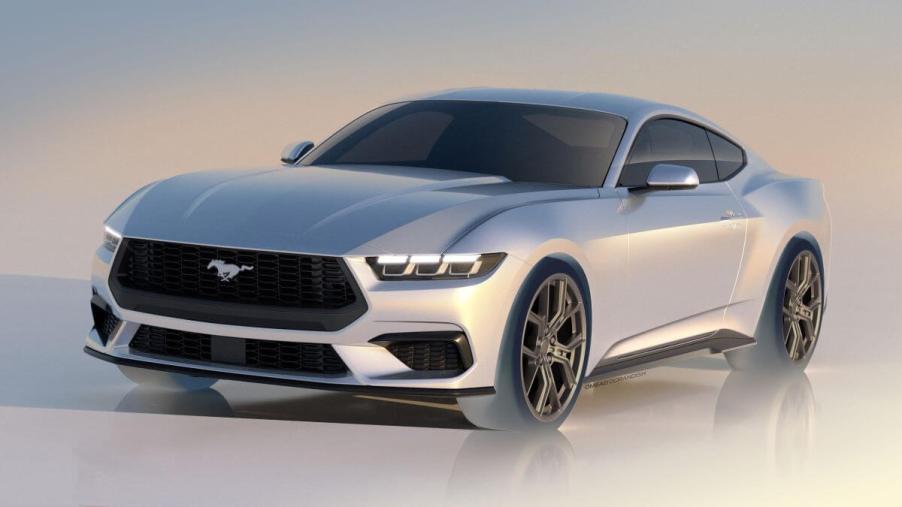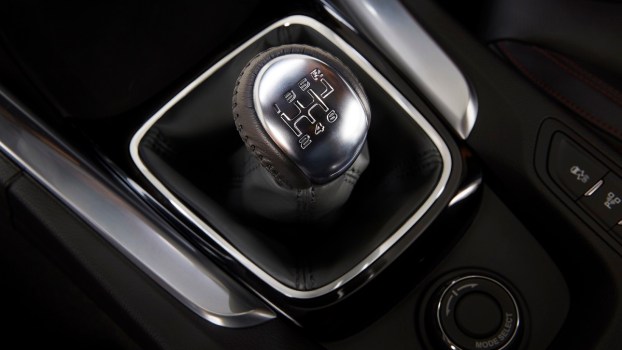
Is the Ford Mustang a Muscle Car or a Sports Car?
The Ford Mustang is an iconic model of the automotive industry. It epitomizes muscle, power, performance, speed, and style. The Mustang has been loved by many through the decades. However, the Mustang also causes confusion among its fans. The confusion lies in its classification. Is the Mustang a muscle car or a sports car?
The world saw the first Ford Mustang in 1965
Lee Iacocca, vice president and general manager of Ford, wanted to bring a vision of a Falcon-like sporty car to market in the early 1960s, according to MotorTrend. He got the Mustang developed in record time and on a very small budget, introducing the 1965 Ford Mustang at the 1964 World’s Fair. Ford was expecting to sell 100,000 units in the first year. However, dealers sold 22,000 on the first day. The Ford Mustang is the first of a genre called pony cars.
The first release of the Mustangs came in two waves. The original Mustang was marketed as a 1965 model. However, Ford made a few production changes to models built after August 1964. Hardcore fans refer to the early Mustangs as 1964½ models. Post-August 1964 models are called the Late 1965s.
The early Mustangs were launched with convertible and notchback bodies. Buyers could choose from several options that could have the car they needed, whether it be a powerful race car or a car for driving around town. The 1965 model sold 681,000 units, almost seven times what Ford originally projected.
The following years saw the Mustang repeatedly grow in size, but sales shrank. Ford introduced the Mustang II in 1974 in response to those concerned the car was getting too big. The Mustang II was a subcompact available as a notchback or hatchback. Consumers were happy, and sales skyrocketed again.
The Mustang continued to go through multiple iterations through the decades. The latest generation was the 2015 model. It was designed as a celebration of the Mustang’s 50th anniversary. The Mustang is also Ford’s longest-running nameplate, with over 60 years of production.
What is the difference between a sports car and a muscle car?
Is the Ford Mustang a sports car or a muscle car? Before we can know the correct classification, we need to understand the differences between the two.
According to Progressive, muscle and sports cars are designed to be fast and are often grouped together, but they are not the same. Here are the key differences:
Muscle Cars:
- Powerful Engine: Typically have V8 or larger engines with more horsepower
- High Speed: Can reach high speeds but still need to slow down while turning
- Domestic Production: Most are produced in the USA
- Low-Fuel Efficiency: The large engine burns more fuel than the average car
- Safety: Most muscle cars score well on crash tests, and the build handles different weather conditions better.
Sports Cars:
- Quick acceleration and speed: Able to focus more on quick acceleration as opposed to power
- Affordability: Average sports car costs less due to its smaller build and engine
- Control on Curvy Roads: Can maintain a high speed through turns while hugging the road.
- Fuel Efficiency: Will use less fuel thanks to its more sleek design and lighter engine
- Small and Compact Design: Sleeker design with less space on the inside and less storage.
The Mustang is a Pony Car
According to The News Wheel, the Ford Mustang is the original pony car. You can think of a pony car as “an affordable American-made sports car that’s stylish, compact in size, and above-average in performance.”
Thanks to its performance and build, it is easy to assume the Mustang is a muscle car. The truth is that it is a sports car. Sadly, being classified as a sports car by most insurance companies, regardless of trim or engine size, means higher premiums, much to the chagrin of Mustang enthusiasts.



